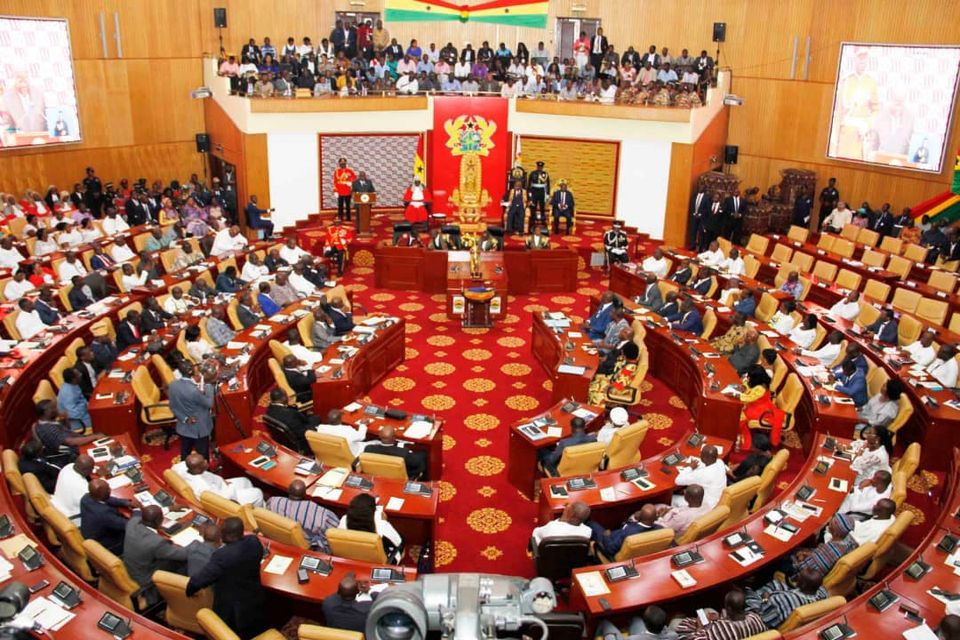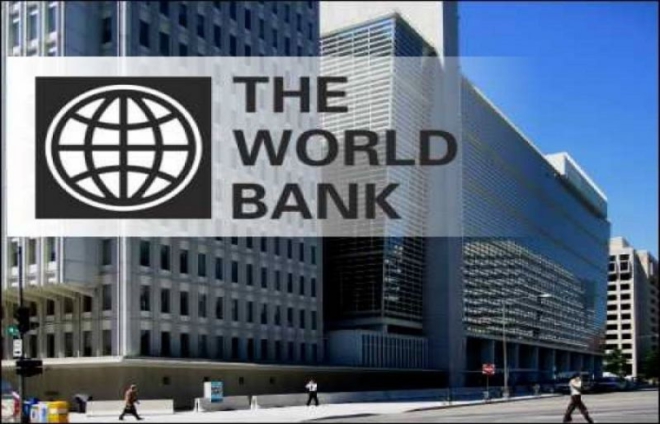Introduction
West Africa has experienced an extensive range of security issues in recent years, from transnational crime and intercommunal conflicts to terrorism and insurgencies. Because of the interconnectedness of these problems, instability in one location can easily spread to nearby places, a process known as security contagion. It is vital to comprehend the intricacies of security contagion and ascertain crucial thresholds to proficiently tackle these obstacles.
While the analysis of security contagion through the lens of system theory has provided valuable insights into the interconnected nature of security challenges in West Africa, there remains a need to further explore the concept of critical thresholds. The system theory approach has elucidated how various factors interact to propagate insecurity across borders, but understanding the specific points at which these dynamics reach a tipping point is imperative for effective intervention. By focusing on the threshold concept, we seek to identify these critical junctures and examine how changes in the system can precipitate cascading effects of insecurity. Building upon the analysis conducted through the lens of system theory in part one, this article delves deeper into the intricacies of the security landscape of West Africa by employing the threshold concept. By examining how changes in the system result in tipping points of insecurity, we aim to unveil crucial insights into
Strategies for Mitigation: The Theoretical Framework
Threshold Concept from Process Geomorphology
Process geomorphology uses the term “threshold” to describe key locations in a geomorphic system where little perturbations can cause large, quick changes. These thresholds stand for the moments at which the system switches from one state to another, frequently resulting in major and occasionally permanent modifications to the environment. Take a river system, for instance. In typical circumstances, the river might gradually erode its banks and move silt. But the river might get close to a geomorphic threshold as silt accumulates. The river may abruptly alter its course and cause an avalanche when this threshold is crossed, possibly due to a minor increase in water flow after a very strong rainfall event. The river may carve a new course as a result of this sudden upheaval, drastically changing the surrounding area. As an example of the sensitivity of geomorphic systems to critical thresholds, the impact of exceeding this threshold is disproportionate to the initial alteration that triggered it (Schumm, 1979; Philps, 2006).
The threshold concept from process geomorphology refers to critical points in a system where small changes can lead to rapid and significant transformations. In physical landscapes, this might involve a river reaching a point where it suddenly changes course, leading to dramatic alterations in the landscape.
Analysis
Identifying Thresholds
Central to comprehending security contagion is the recognition of critical thresholds—points at which small changes trigger significant transformations in regional security dynamics. In the context of West Africa, these thresholds represent pivotal moments where the accumulation of stressors or triggers leads to abrupt shifts in the security landscape, often with far-reaching consequences. By identifying and understanding these critical junctures, policymakers can anticipate emerging security threats and implement proactive measures to prevent escalation.
Sensitivity to Perturbations
Sensitivity to perturbations is a feature that distinguishes the complex web of security dynamics in West Africa, where small changes or pressures can set off cascade effects that have far-reaching repercussions. This sensitivity highlights how vulnerable the area is to outside shocks, escalating pre-existing weaknesses and sparking security emergencies.
One significant area where sensitivity to perturbations is evident is in the economic sphere. West Africa’s economies are often fragile, reliant on sectors vulnerable to external shocks such as agriculture, extractive industries, and remittances. Economic downturns, fluctuations in global commodity prices, or disruptions in trade can have profound effects, exacerbating poverty, unemployment, and social unrest. For example, the Ebola outbreak in 2014 not only claimed thousands of lives but also severely impacted the region’s economies, disrupting trade, investment, and tourism and straining already fragile healthcare systems.
Moreover, political instability represents another source of perturbation with significant implications for security. West Africa has experienced a history of political turmoil, including coups, electoral violence and contested transitions of power. These disruptions undermine governance structures, erode public trust and create fertile ground for insecurity to flourish. For instance, the political crisis in Côte d’Ivoire following the disputed 2010 presidential elections led to widespread violence, displacement, and regional instability, highlighting the destabilizing effects of political perturbations.
Environmental degradation and climate change further exacerbate sensitivity to perturbations in West Africa. The region is prone to natural disasters such as droughts, floods, and desertification, which can devastate livelihoods, exacerbate food insecurity, and fuel resource-based conflicts. For example, the drying up of Lake Chad, a vital source of water and livelihoods for millions of people, has contributed to increased competition over scarce resources and heightened tensions between communities, exacerbating insecurity in the region.
Abrupt Changes in Behaviour
Within the context of security contagion in West Africa, abrupt changes in behaviour represent critical junctures where small perturbations or triggers result in disproportionate and often unpredictable responses within the security landscape. These sudden shifts can have profound implications, escalating localized conflicts into regional crises and exacerbating existing vulnerabilities.
One illustrative example of abrupt changes in behaviour is the escalation of intercommunal conflicts in the region. These conflicts, often rooted in competition over scarce resources such as land and water, can simmer for years before reaching a tipping point where minor incidents or perceived provocations trigger large-scale violence. An illustrative instance of abrupt changes in behaviour occurred in Nigeria’s Middle Belt region, where longstanding tensions between herders and farmers erupted into large-scale violence. The region, characterized by fertile land and a history of coexistence between nomadic herders and sedentary farmers, witnessed a dramatic escalation in intercommunal conflicts in recent years. A dispute over grazing rights, exacerbated by diminishing resources and demographic pressures, reached a tipping point when a minor altercation between a herder and a farmer sparked widespread violence.
In 2018, clashes between Fulani herders and Berom farmers in Plateau State escalated rapidly, resulting in retaliatory attacks, mass displacement, and widespread insecurity. What began as a localized dispute over grazing lands quickly spiralled into a cycle of violence, with reprisal attacks fuelling further bloodshed. Entire communities were displaced, livelihoods destroyed, and trust between ethnic groups shattered. The abrupt escalation of violence caught authorities off guard, highlighting the volatile nature of intercommunal tensions in the region.
Similarly, the collapse of fragile governance structures can precipitate abrupt changes in security behaviour, creating power vacuums that are quickly exploited by armed groups and criminal networks. For example, the ousting of Libyan leader Muammar Gaddafi in 2011 resulted in the proliferation of arms and mercenaries across the Sahel region, fuelling instability and conflict in countries such as Mali and Niger. This sudden influx of weapons and fighters dramatically altered the security landscape, leading to a surge in violence and insecurity.
Moreover, military interventions aimed at combating extremist groups can inadvertently trigger abrupt changes in behaviour, exacerbating rather than mitigating security threats. Heavy-handed counterterrorism operations have resulted in civilian casualties, radicalizing populations and fuelling anti-government sentiment. These unintended consequences can further destabilize fragile states and exacerbate regional insecurity.
By understanding the dynamics of abrupt changes in behaviour, policymakers can develop more effective strategies for mitigating the risk of security contagion in West Africa. This entails not only addressing immediate triggers of conflict but also addressing underlying grievances, strengthening governance structures, and promoting inclusive development. Only through proactive and adaptive responses can the region hope to build resilience against the sudden shifts that characterize security contagion.
Process-Form Dynamics
In understanding security contagion within the context of West Africa, the concept of process-form dynamics emerges as a crucial analytical tool. Analogous to the principles of process geomorphology, process-form dynamics elucidates the intricate interplay between underlying processes and resultant forms within the security landscape of the region.
At its core, process-form dynamics highlights the dynamic nature of security phenomena, emphasizing the continuous interplay between driving forces and emergent outcomes. In West Africa, this manifests in the multifaceted interactions between various socioeconomic, political, and environmental factors that shape the region’s security dynamics. These factors act as stressors, exerting pressure on the existing security systems and pushing them beyond their resilience thresholds.
For example, the proliferation of armed groups in the Sahel region, such as Boko Haram and Al-Qaeda in the Islamic Maghreb (AQIM), can be attributed to a complex interplay of socioeconomic marginalization, political instability, and porous borders. These underlying processes create fertile ground for the emergence and expansion of extremist ideologies, leading to the formation of new security threats.
Moreover, process-form dynamics underscores the nonlinear nature of security contagion, wherein small perturbations can trigger disproportionate and often unpredictable responses within the system. For instance, a localized dispute over land or resources between two communities can escalate rapidly, leading to widespread violence and displacement. These abrupt changes in behavior highlight the dynamic nature of security dynamics and the challenges inherent in predicting and managing security crises.
By adopting a process-form perspective, policymakers can gain a deeper understanding of the underlying processes driving security contagion in West Africa. This entails not only analyzing the immediate manifestations of insecurity but also identifying the root causes and underlying dynamics that fuel its proliferation. Through adaptive responses that address these processes, policymakers can work towards building more resilient and sustainable security systems that can withstand external pressures and mitigate the risk of contagion.
Synthesis
The synthesis of theoretical concepts and empirical examples underscores the interconnected nature of security dynamics in West Africa. The threshold concept provides a lens through which to analyze how changes in the system can precipitate cascading effects of insecurity, leading to regional crises. By identifying critical thresholds and understanding the underlying processes driving security contagion, policymakers can develop targeted interventions to prevent the escalation of violence and promote stability in the region. However, addressing security contagion requires a multifaceted approach that addresses root causes, strengthens governance structures, and promotes regional cooperation. Only through concerted efforts at the local, national, and regional levels can West African states hope to stem the tide of insecurity and promote peace and stability in the region.
4. Conclusion
In conclusion, the threshold concept offers a powerful framework for analyzing security contagion in West Africa and identifying critical points of intervention. By recognizing the sensitivity of regional security systems to perturbations and the potential for abrupt changes in behavior, policymakers can develop more effective strategies for addressing the complex array of security challenges facing the region. Moving forward, it is imperative to prioritize research and policy initiatives aimed at understanding and mitigating the drivers of insecurity in West Africa to foster lasting peace and prosperity.






